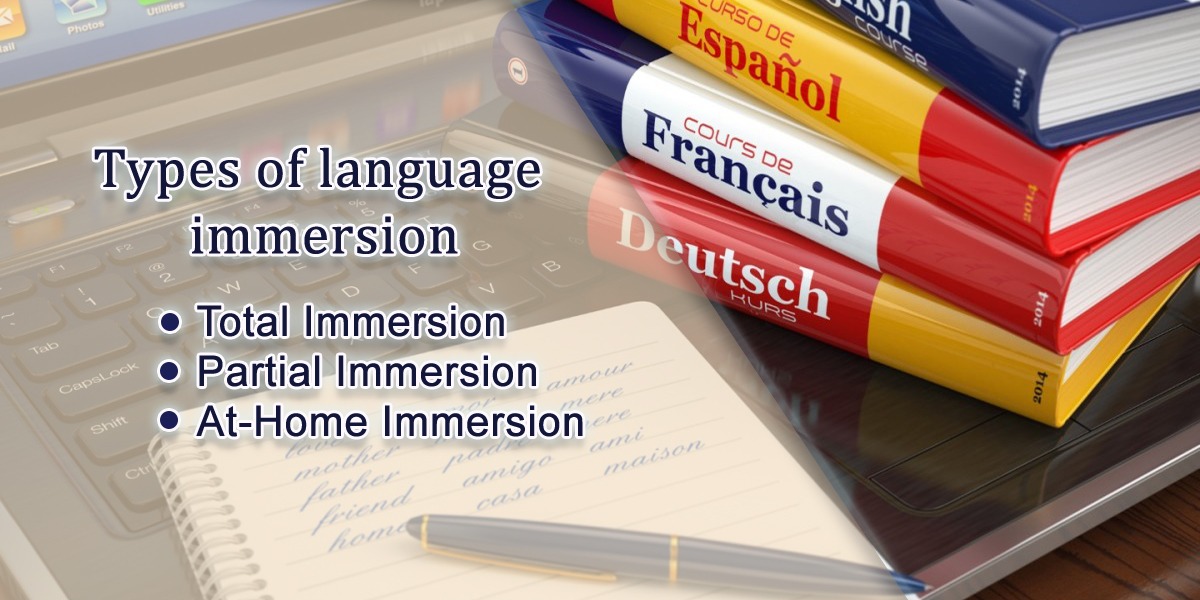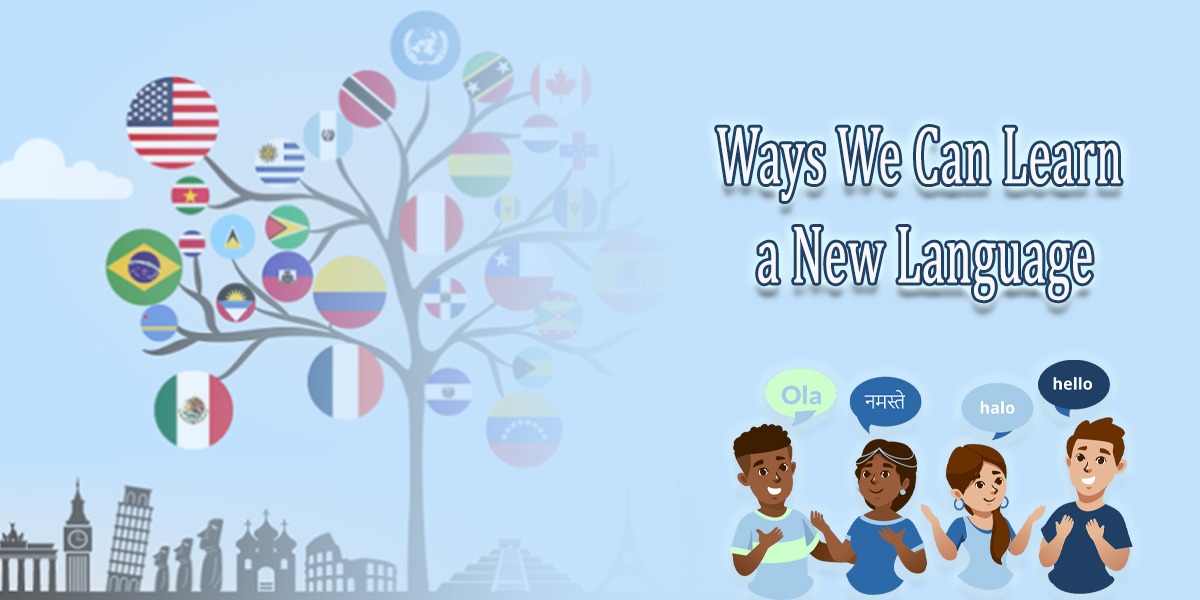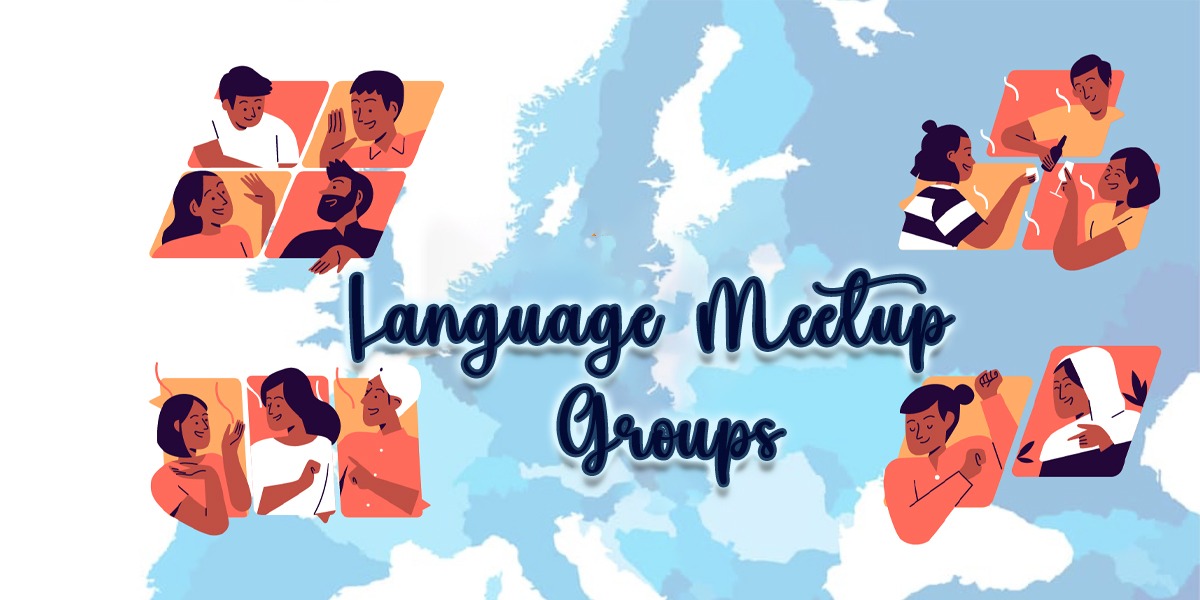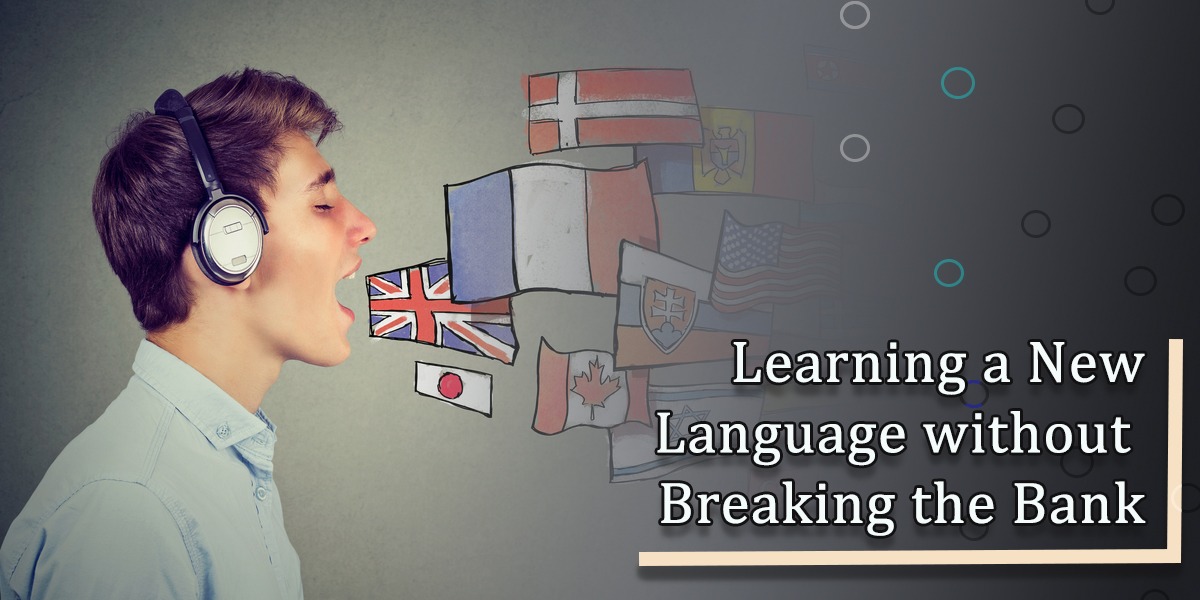A gratifying experience, learning a new language can open doors to new connections, opportunities, and cultural encounters. But for many people, the expense of language classes can be a big obstacle that keeps them from following their linguistic goals. A growing trend has evolved in recent years to solve this problem: language schools provide cost-effective language learning options without sacrificing the standard of instruction. These ground-breaking platforms are revolutionising the way people study languages and making fluency affordable.
Language instruction has always been considered a luxury available primarily to those with sufficient financial resources due to the high tuition fees associated with language institutions. In contrast, language schools are adopting a more open strategy in an effort to serve a wide range of money-conscious students. These platforms are democratising language instruction and dismantling the financial hurdles that have restricted access for far too long by utilising technology and innovative teaching techniques.
Language Immersion: Diving Deep into Fluency
To master a new language successfully, it is necessary to fully engage in both the vocabulary and the traditions of the target language. Immersing in a language extends beyond formal classroom instruction, creating an environment in which learners participate in authentic scenarios that require actively utilising the language. That is compared to traditional language learning techniques that largely rely on printed materials and educational institutions.
By embracing online learning, language schools can achieve affordability in a number of important ways. Language training may now be carried out effectively online thanks to the development of digital tools and communication technology, which eliminates the need for expensive physical classrooms. Language Schools can drastically lower operational costs by forgoing physical sites, allowing them to pass the savings along to their students.
The core of language immersion is complete oral and written immersion, simulating how people naturally pick up their native tongue as children. Learners are forced to engage in meaningful conversations, decipher gestures, and comprehend the subtleties of a tongue as it is spoken and used in daily life because they are continually exposed to it in different circumstances.
Types of Language Immersion

Total Immersion
In whole immersion programmes, students are completely immersed in the target language, typically in a nation where it is widely spoken. This might entail going to school or residing with a host family abroad. The most intensive method of language acquisition is total immersion.
Partial Immersion
The term “partial immersion” describes circumstances in which language learners have access to the intended language for a specific period of time each day or week. This can entail signing up for language courses, going to language gatherings, or taking part in language exchange initiatives.
At-Home Immersion
At-home immersion entails setting up an immersive atmosphere inside one’s home for those who are unable to travel overseas. This could be engaging in online conversations with native speakers, watching films or television episodes in the target language, or reading books or articles written in the language.
5 Ways We Can Learn a New Language Without Breaking the Bank

1: Language Apps and Online Resources
We can learn a new language using a variety of free and affordable tools that are accessible through websites and mobile apps for language learning. Language games, vocabulary drills, and interactive courses are all available on websites like Duolingo, Memrise, and Babbel. In addition, YouTube has a tonne of channels dedicated to language learning, where we can obtain free guides, information on cultures, and practise exercises. With the help of these technological tools, we may study at our own pace, which makes learning a language simple and affordable.
2: Language Exchange and Tandem Learning
Language exchange programmes and tandem learning allow us to connect with native speakers who are interested in learning our native language while helping us learn theirs. Online language exchange platforms, such as Tandem and HelloTalk, facilitate language practise through text, voice calls, and video chats. Engaging in language exchange not only enhances conversational skills but also fosters cultural understanding and creates lasting international friendships.
3: Public Libraries and Community Centres
Resources for learning languages are frequently available for free at community centres and local public libraries. You can borrow language textbooks, audio programmes, and learning materials from many libraries. Some community centres may even host cultural or language conversation groups, offering opportunities for speaking practise and interaction with other language learners in a welcoming and encouraging setting.
4: Language Meetup Groups

Meetup groups for languages are unofficial events where language lovers congregate to speak various languages. These groups are frequently set up on websites like Facebook or Meetup.com. We may practise speaking with native speakers and other language learners in a relaxed and accepting environment by going to language meetups. It’s an excellent approach to increasing your language proficiency and getting helpful comments without spending any money.
5: Letting the immersion come to you
There are many languages immersion programmes available both domestically and internationally if you intend to venture all the way and enjoy the classic immersion feel but still can’t quite make it abroad.
There are several adult immersion programmes, although most are geared towards younger students.
The above-mentioned Middlebury College programme in Vermont has become especially recognised and has a long history of requiring students to sign a “no English” commitment for the duration of their time in college.
Final Verdict on Language Learning
Keep in mind that learning a language doesn’t require paying for expensive courses or programmes. We may start our language learning adventure without straining our budgets thanks to the wealth of online resources, language exchange opportunities, community activities, and meetup groups. Accept these cost-effective strategies, remain dedicated to regular practise, and take pleasure in the thrill of learning a new language while being kind to your pocketbook.




